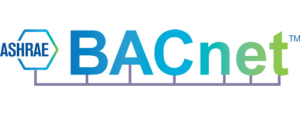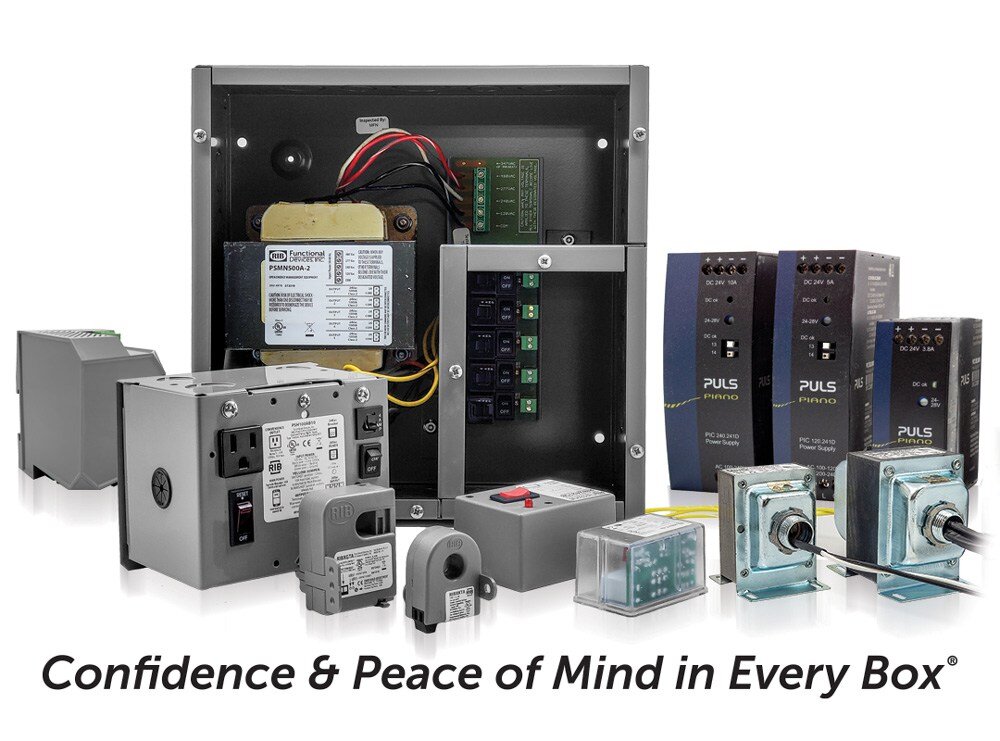Advanced BACnet IP Features and Applications in Smart Buildings

The way we manage and interact with buildings has changed dramatically thanks to advanced automation technologies. At the center of this evolution is the BACnet (Building Automation and Control Network) protocol — particularly BACnet IP — which enables smart buildings to operate more efficiently, securely, and sustainably. In this blog, we’ll explore advanced BACnet IP features, their practical applications, and how they support the next generation of smart buildings.
For decades, Functional Devices has been a trusted supplier of reliable, easy-to-use building automation and control products, helping facility managers improve performance while protecting valuable equipment. Browse our BACnet-enabled building automation solutions and feel free to reach out for help with automation configurations and device selection. Our engineers are happy to chat.
Introduction to Advanced BACnet IP Features
Brief Recap of BACnet IP Basics
BACnet, a data communication protocol for building automation and control networks, was developed by the American Society of Heating, Refrigerating, and Air-Conditioning Engineers (ASHRAE). BACnet IP, an extension of the original BACnet, utilizes Internet Protocol (IP) to enhance communication between devices across building networks. This enables interoperability among various systems such as HVAC, lighting, and security, ensuring seamless operation and management. Click here for a brief overview of some of the basics of BACnet IP.
Introduction to Advanced Features and Their Significance in Smart Buildings
Advanced features of BACnet IP include enhanced data exchange capabilities, improved network security, and the ability to integrate with cloud-based services. These advancements are crucial for smart buildings, where efficiency, flexibility, and data-driven decision-making are paramount. The ability to collect, analyze, and act on data in real-time allows for optimized building performance, reduced operational costs, and improved occupant comfort and safety.
Integration with Other Building Systems
How BACnet IP Integrates with Other Building Automation Systems
One of the most significant advantages of BACnet IP is its ability to integrate various building systems. HVAC (heating, ventilation, and air conditioning), lighting, and security systems can all communicate over a unified BACnet IP network. This integration is achieved through standardized data models and services that allow different devices and systems to share information and commands seamlessly.
For example, an HVAC system can interact with occupancy sensors and lighting systems to adjust heating and cooling based on room usage, thereby saving energy. Security systems can coordinate with lighting controls to ensure that lights are turned on in areas where motion is detected, enhancing safety and security.
Benefits of Integrated Systems for Energy Efficiency and Occupant Comfort
Integrated building systems using BACnet IP contribute significantly to energy efficiency and occupant comfort. By coordinating various systems, buildings can operate more efficiently. For instance, lighting systems can adjust based on natural light availability, and HVAC systems can modulate based on real-time occupancy data. This not only reduces energy consumption but also maintains optimal comfort levels for occupants.
Moreover, integrated systems can perform complex functions like demand response, where energy usage is adjusted based on utility rates or grid demands. This dynamic response capability is crucial for smart buildings aiming to reduce operational costs and environmental impact.
Leveraging BACnet IP for Data Analytics
Use of BACnet IP Data for Building Performance Analytics
The data generated by BACnet IP-enabled devices is a goldmine for building performance analytics. By leveraging this data, building managers can gain insights into operational inefficiencies, energy consumption patterns, and maintenance needs. Advanced analytics platforms can process and visualize this data, making it easier to identify trends and anomalies.
For example, continuous monitoring of HVAC performance data can reveal when equipment is not operating efficiently, prompting preemptive maintenance before a costly failure occurs. Similarly, analyzing occupancy data can help optimize space utilization, leading to more informed decisions about facility management and planning.

Examples of How Data Analytics Can Optimize Building Operations
Smart buildings use analytics to improve efficiency and comfort:
- Predictive Maintenance. Forecast equipment issues before failure, reducing downtime and repair costs.
- Energy Optimization. Spot wasted energy—like HVAC or lights running in empty rooms—and adjust automatically.
- Occupant Comfort. Balance temperature, humidity, and occupancy data to create healthier, more productive spaces.
- Space Utilization. Track room usage to guide smarter space allocation and facility planning.
Remote Monitoring and Control
Capabilities for Remote Monitoring and Control of Building Systems via BACnet IP
Remote monitoring and control are among the most powerful features enabled by BACnet IP. Facility managers can access and manage building systems from anywhere with an internet connection. This capability is particularly valuable for large or multi-site facilities where on-site management of every system is impractical.
Through web interfaces or mobile apps, operators can monitor system performance, receive alerts about issues, and adjust settings in real-time. For instance, if an HVAC system in a remote building shows signs of malfunction, a technician can diagnose and sometimes resolve the issue remotely, reducing the need for site visits.
Case Studies Demonstrating the Impact of Remote Capabilities on Facility Management
Real-world examples show how BACnet IP enhances facility management:
- University Campus. Centralized HVAC and lighting control across multiple buildings cut energy use and improved maintenance response times.
- Office Buildings. Remote management lets property managers resolve tenant comfort issues quickly, reducing on-site staff needs
- Healthcare Facilities. Critical systems like HVAC and power were monitored remotely, ensuring reliable patient care and minimizing risks.
Future Trends in BACnet IP and Building Automation
BACnet IP will continue to evolve alongside major technology shifts. IoT integration will connect more devices, edge computing will speed up decision-making, and AI/ML will enable predictive insights for maintenance, energy, and comfort. Stronger cybersecurity will also be essential as systems become more connected.
Looking ahead, we can expect greater interoperability, more autonomous buildings, and a stronger sustainability focus. BACnet IP will also scale to support the growing number of connected devices, making it central to the future of smart cities and large-scale building automation.
Updated for 2025
In 2025, the focus has shifted toward AI-driven energy optimization and secure remote management, as building owners seek both sustainability and resilience. BACnet IP is now playing a critical role in integrating renewable energy sources and supporting hybrid work environments through flexible building controls.
FAQ: Advanced BACnet IP in Smart Buildings
Q: What makes BACnet IP different from standard BACnet?
A: BACnet IP uses Internet Protocol to improve speed, scalability, and interoperability. This allows building systems like HVAC, lighting, and security to communicate seamlessly across modern networks.
Q: How does BACnet IP improve energy efficiency?
A: By integrating systems and leveraging analytics, BACnet IP can reduce wasted energy—for example, adjusting HVAC or lighting based on occupancy or utility rates. Functional Devices’ power monitoring relays help track consumption and support these energy-saving strategies.
Q: Is BACnet IP secure?
A: Yes, but like any connected system, it requires safeguards. Newer implementations include encryption, authentication, and anomaly detection to reduce cybersecurity risks. Functional Devices’ dry contact relays provide safe, isolated control that helps minimize vulnerabilities.
Q: Can BACnet IP be used in existing buildings, or only new ones?
A: BACnet IP can be retrofitted into existing facilities, often by upgrading controllers or adding gateways. Products like Functional Devices’ RIB relays and current switches are designed to integrate easily into both new and legacy systems.
Q: How does Functional Devices support BACnet IP projects?
A: Functional Devices offers relays, sensors, power supplies, and network-ready controls that integrate smoothly with BACnet IP systems. Our solutions give facility managers reliable tools to build smarter, more efficient, and future-ready buildings.
Look to the Future with Functional Devices
Advanced BACnet IP features are reshaping building automation by enabling seamless integration, powerful data analytics, and remote oversight. At Functional Devices, we’ve been supporting building automation professionals for decades with products that are reliable, simple to install, and designed for the long term. Whether you’re upgrading an existing facility or building the next smart environment, we’re here to help you make it a success.
Explore our full line of BACnet IP solutions today and take steps toward a smarter future.
About Functional Devices, Inc.

Functional Devices, Inc., located in the United States of America, has been designing and manufacturing quality electronic devices since 1969. Our mission is to enhance lives in buildings and beyond. We do so by designing and manufacturing reliable, high-quality products for the building automation industry. Our suite of product offerings include RIB relays, current sensors, power controls, power supplies, transformers, lighting controls, and more.
We test 100% of our products, which leads to less than 1 out of every 16,000 products experiencing a failure in the field.
Simply put, we provide users of our various product confidence and peace of mind in every box.
